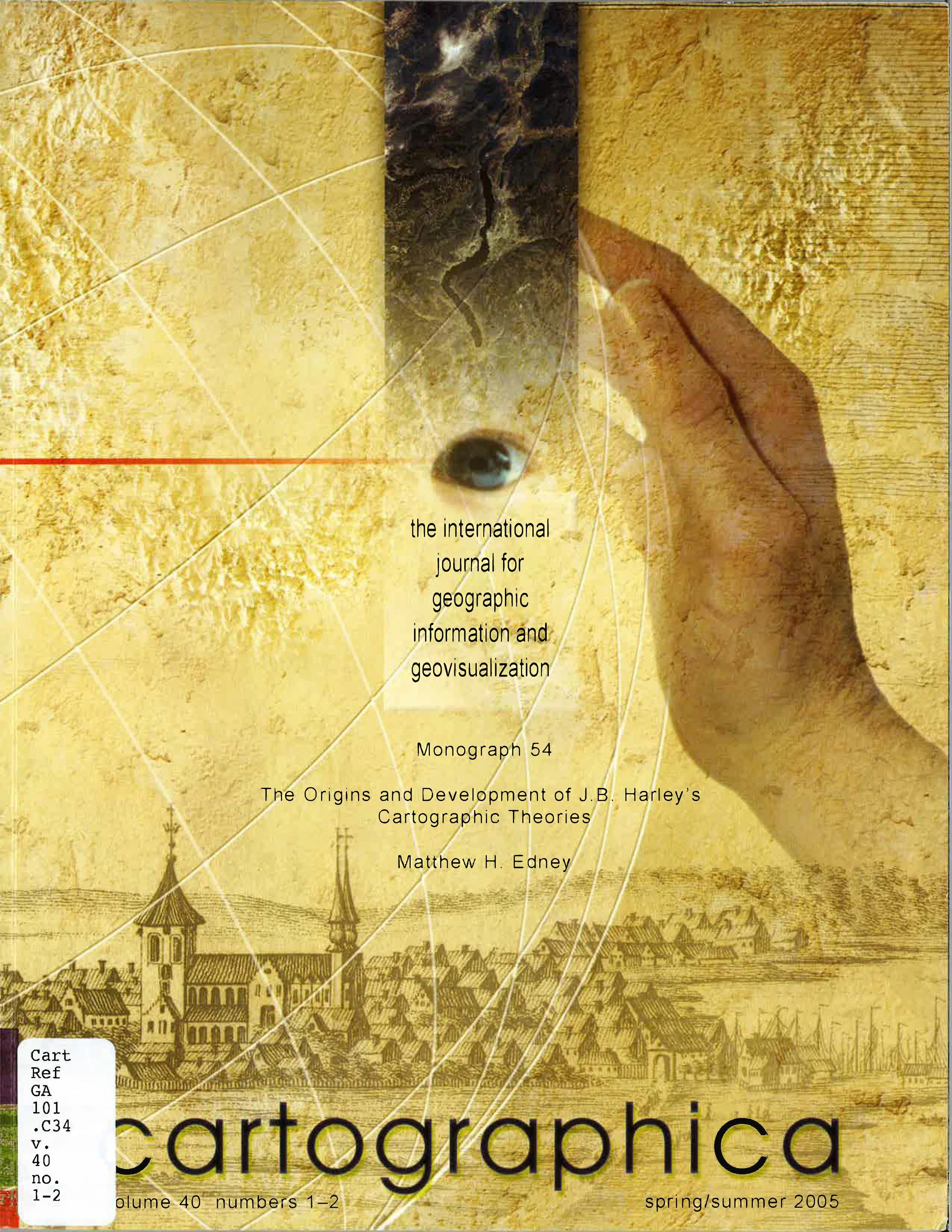It's a Fake -- for real this time
/Yale University has announced, finally, what most of us had long since concluded, that the so-called Vinland Map is a fake. I had already decided that Yale accepted this fact, when it let the map travel to Mystic Seaport in 2018 for an exhibition about … why the map is a fake.
Verso of the signage outside the exhibit
The exhibit was really very well done. An initial section explored the reactions to Yale’s announcement of the acquisition of the map on Leif Eriksson Day and just before Columbus Day, October 1965. Italian Americans were not amused. As a display of newspaper headlines indicated, there was even an impromptu demonstration at Yale:
Part of a display of headlines reporting the reaction to the announcement of the map
Despite the literary evidence of the Icelandic sagas, no-one except a stalwart few believed that the Norse had ever reached, let alone settled, in North America. The stalwart few, however, argued (and still argue) that certain colonial structures were in fact much older constructs by the Norse; these arguments began in the later 19c as a means to argue for the antiquity of White Settlement in North America (see Kolodny 2012).
Yet literary evidence was still verboten among real historians in the 1960s, so the revelation of a map—a map!!—seemed to be hard proof of the Norse voyaging and settlements. It was truly earth shaking news!
Shortly thereafter, archaeologists announced the discovery of the remains of Norse settlement in the Canadian Maritimes. The second part of the exhibition therefore addressed how the fact that the Norse had reached America beyond Greenland made the map all the more certain.
But then, doubts began to be raised by the material and cartographic character of the map. The exhibition’s narrative split into two: to the left, examination of the cartographic evidence, to the right, explanation of the chemical analyses of the vellum and ink. The cartographic issues were well presented, at least I thought so as a specialist in the field. For example:
But the account of the technical studies were a bit too technical, and not as eye-catching (mostly a set of copies of the key articles/reports). The key to the chemical analysis was that the titanium dioxide in the ink was clearly of modern manufacture, and not an artifact of 15c ink manufacture (the crystals being too regular in shape and size).
Eventually, the map itself was revealed to the exhibition goer:
The exhibition curators did such a good job at being even-handed that many exhibition-goers were not actually convinced by the evidence against. At the end of the exhibition, viewers were asked to jot a note about what they thought of the Vinland Map and their reactions to the exhibition. By the time that I and a couple of colleagues saw the show in August 2018, it had been up for a while, and so many people had left notes about how the map was clearly genuine, that the curators had to add another bit of signage:
All this means that Yale’s announcement is sort-of old hat. A team of conservators have undertaken a comprehensive analysis of the ink across the entire map, recto and verso, using a new non-destructive technique, and not just taken a few samples that could be permitted under the older, destructive techniques. They have also compared the ink with fifty or so samples of mid-15c ink, which are indeed completely different. The vellum might have been the original endpapers to a larger volume, but the ink is most certainly 20c. I especially like the testing of the annotation on the verso, which was overwritten in the 20c to make it appear to refer to the map, not a note about the contents of the volume. The result is conclusive.
If the map was a vampire, then previous studies had succeeded, by waving of crucifixes, in forcing the Vinland Map into its coffin. This study is Van Helsing, come to pound the stake through its heart to prevent its resurrection, affix the coffin lid, and nail it down tight.
So who made it?
As to who made the Vinland Map at some point in the 20c, the answer is still, probably, Father Josef Fischer, SJ. Kirsten Seaver (2004) explained the circumstantial evidence. But there is as yet no diary entry found, or letter to a friend, stating “I made this cool fake in order to own the Nazis [or whoever].” Until such an archival trace is found, assuming it exists, credit for the map must remain uncertain. (I daresay, given the nature of things, if it were found, some stalwart advocate for the map’s authenticity, would dismiss it as a forgery.)
ALSO: Mystic Seaport held a symposium, that I could not attend unfortunately. But the entire 6 hours are available for viewing on YouTube.
References
Kolodny, Annette. 2012. In Search of First Contact: The Vikings of Vinland, the Peoples of the Dawnland, and the Anglo-American Anxiety of Discovery. Durham, N.C.: Duke University Press.
Seaver, Kirsten A. 2004. Maps, Myths, and Men: The Story of the Vinland Map. Stanford, Calif.: Stanford University Press.
And here are my dear friends and colleagues, Lydia Savage and Rayne Carroll, at Mystic Seaport, 21 August 2018. We had dropped off Lydia’s nephew en route — he had a thing elsewhere in Connecticut. He was utterly bemused that we were going on specifically to see an exhibit about some old map, and he was utterly dumbstruck when we then explained that it was an exhibit about a fake map!












